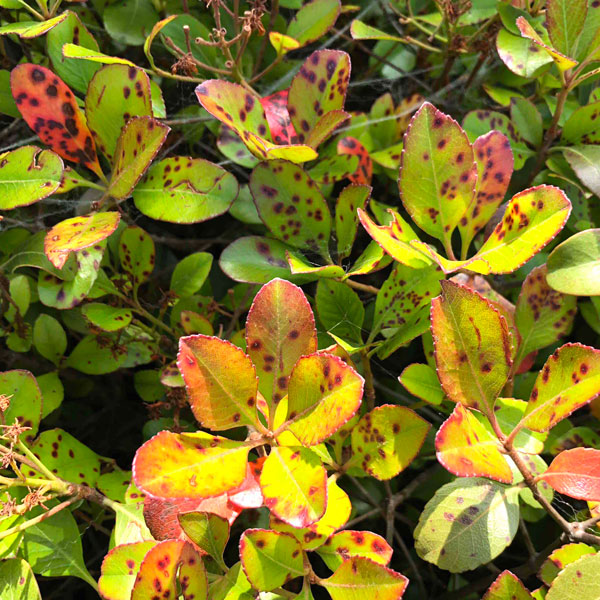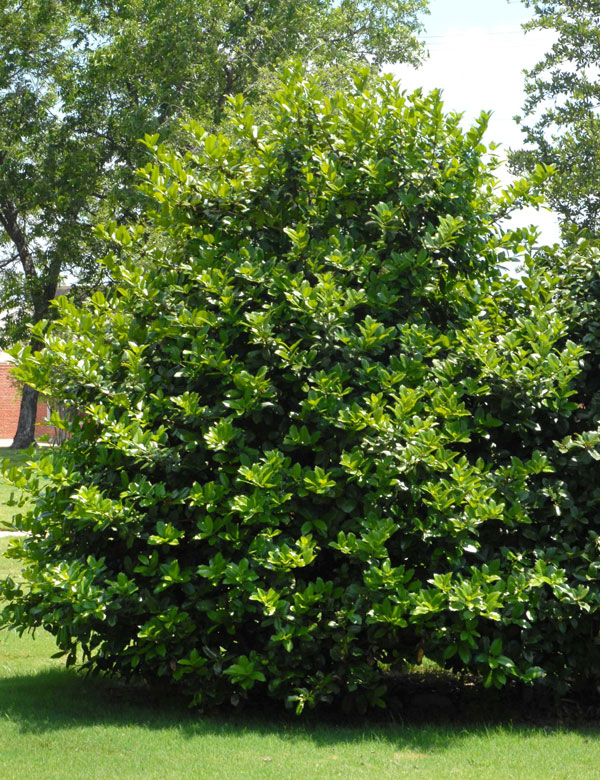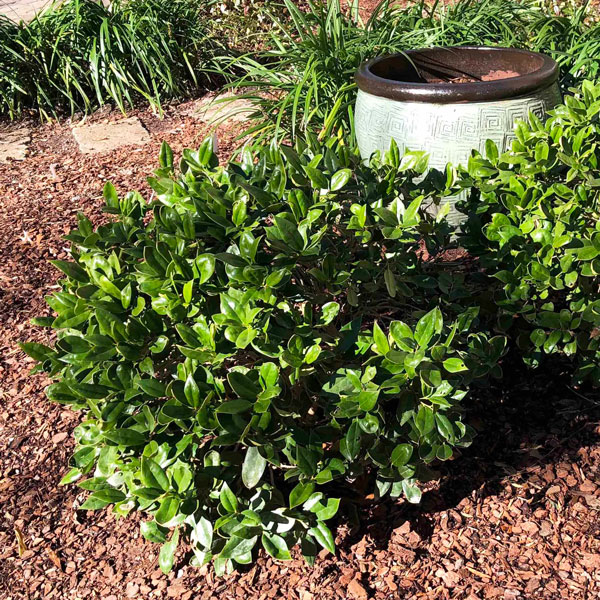Time for an upgrade
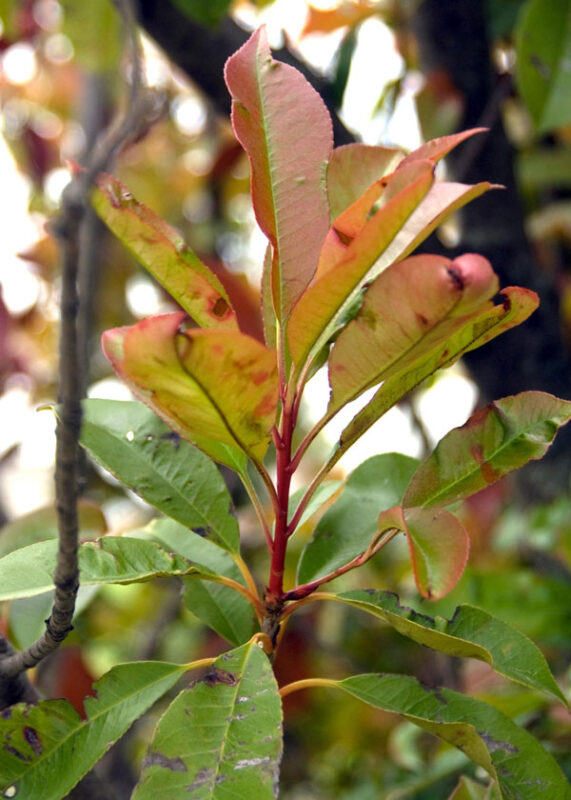
Redtip photinias have been among the most popular large shrubs along the West Coast, across the South, and up the East Coast of the United States since they were introduced into the nursery trade in the 1950s and 60s. Gardeners fell in love with their brilliant coppery-red new growth in early spring.
Candidly, we over-planted them by a bunch, even using them as “foundation shrubs” beneath standard windows where they required almost non-stop pruning to 30 or 36 in. All that for a plant that was genetically pre-determined to grow to 18 or 20 ft. tall.
The result: too many plants of one type grown too closely together and pruned (therefore weakened) way too often.
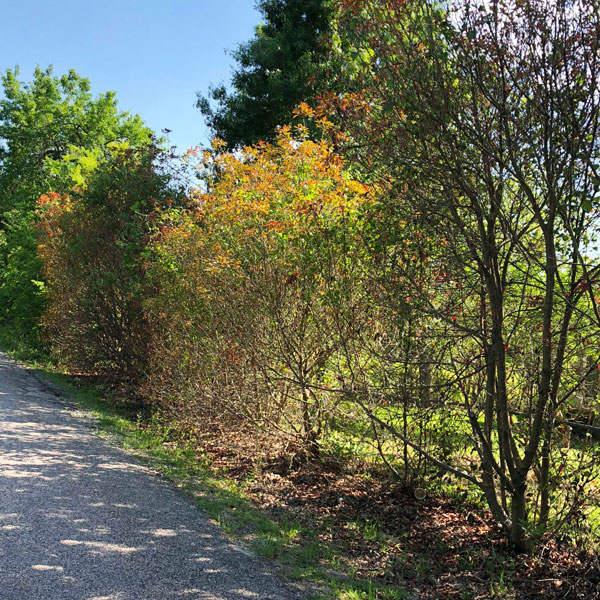
And that has brought us to where we are today – actually, where we have been for the past 35 years.
The situation: Redtip photinias have become discolored by disease. Worse yet, their leaves are yellowed, then white and burned. And it all began with harmless-looking maroon spots on the leaves.
The explanation: Meet Entomosporium fungal leaf spot. It has become epidemic, as mentioned, all across America. It does eventually kill the entire plant. Indian hawthorns and photinias are closely related, and they, too, are now being hit as well.
The solution: There is no effective fungicidal treatment, organic or inorganic. Redtip photinias are ticking time bombs. As long as we have no means of stopping the spread of Entomosporium, you should choose other alternatives. As your old redtips die, do not replace them with new redtips. They too will succumb. Instead, switch to another unrelated shrub that grows to the desired height.
Best replacements for redtip photinias: These are your best choices in order of decreasing size at maturity.
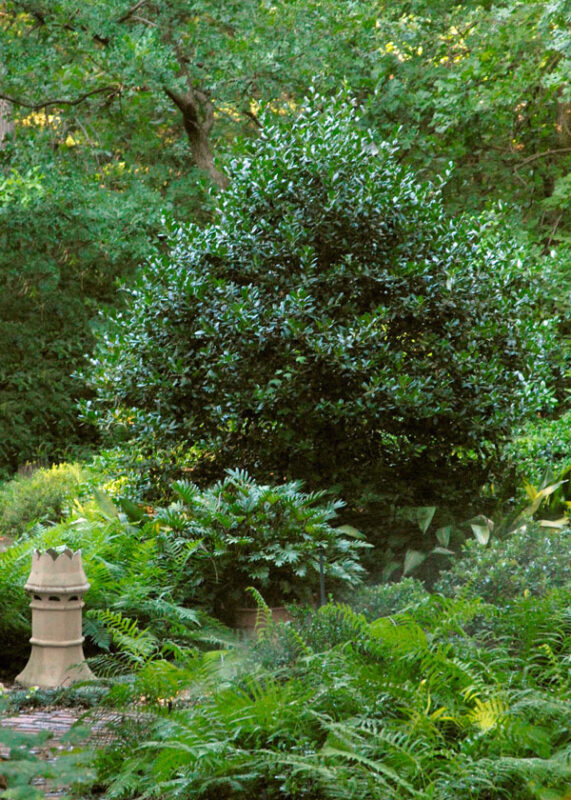
• Nellie R. Stevens holly makes an outstanding tall screen, since that’s the way that redtips are most commonly used. Grows to 16-20 ft. tall. Space 10-12 ft. apart. All plants bear large dark red berries that persist all winter. This is generally the best replacement for redtips if a tall screen is the goal.
• Oakland holly is slower growing and more compact. Its leaves are glossy and dark green. It grows to 12 to 14 ft. Space the plants 8 to 10 ft. apart.
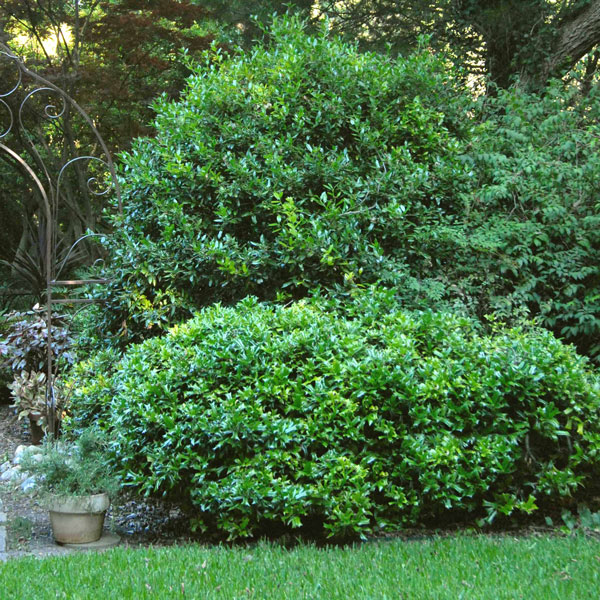
• Willowleaf holly, also called Needlepoint holly resembles Nellie R. Stevens holly, but its leaves are slightly smaller and flatter. It grows to 10 to 12 ft. tall and wide. The plants bear pea-sized red fruit in abundance.
Replacements for Indian hawthorns:
• Carissa holly: Dark green leaves with one single spine. Size and growth form mimics that of Indian hawthorn. Does best with morning sun, then protection from the afternoon heat. Grows to 30 in. tall and wide.
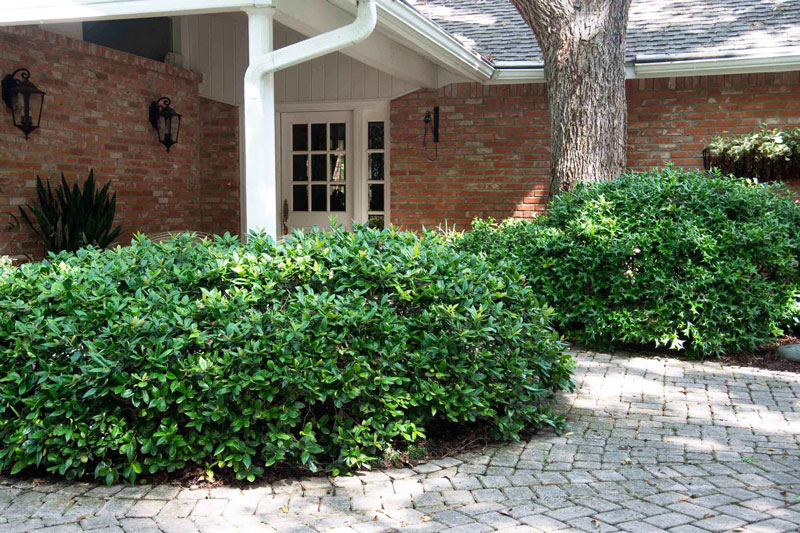
• Dwarf Chinese holly: Darkest green leaves have several spines but don’t let them deter you. The plant is extremely durable in sun or shade. Grows to 30 in. tall and 36 in. wide.
• Dwarf Burford holly: Taller than the previous two, it grows to 36 to 48 in. unless sheared. Great in sun or shade. Bright red berries all winter. One lone spine at the end of each leaf.
Yes, I realize I’ve only included hollies as replacements. There are other plants that would fit the size and growth form perspectives of redtip photinias and Indian hawthorns, but none will be as good as the hollies I’ve listed.


